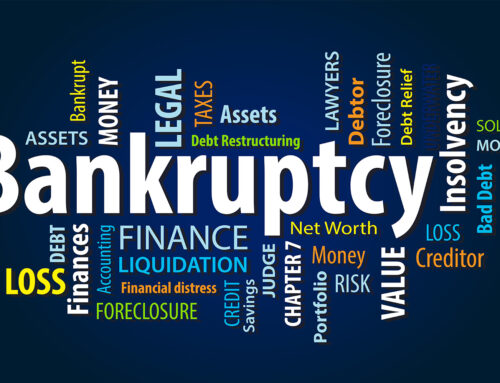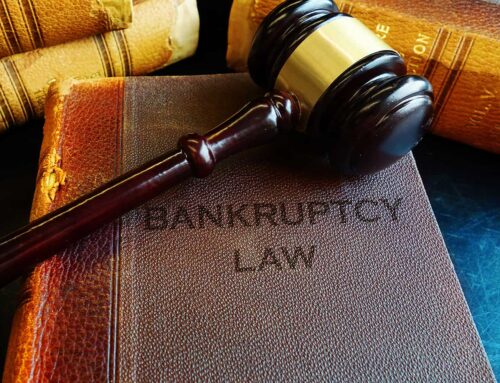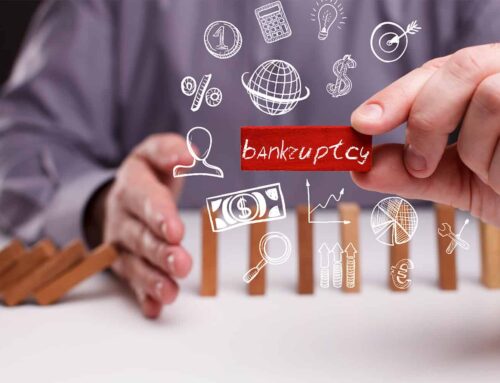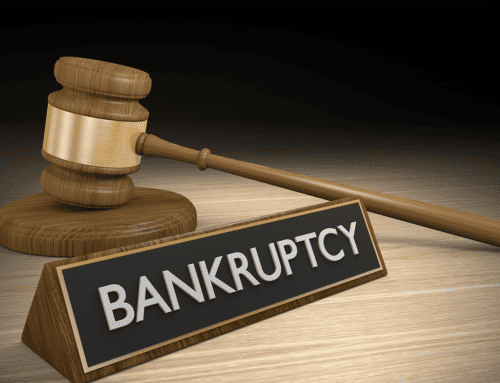Covid-19 is still going strong, and so is the economic fallout. Most banks are expecting billions in fourth-quarter losses. The retail and hospitality industries have seen store closures and bankruptcy filings, and many expect personal bankruptcies to rise. Filing personal bankruptcy means you get immediate relief from debt and collections calls, but the downside is that you negatively impact your credit for several years. If you are considering bankruptcy and want to know more about the longer-term impact on your credit, keep reading.
There are two types of individual bankruptcy filings: Chapter 7 and Chapter 13.
Chapter 7 Bankruptcy
Chapter 7 is what most people file in debt with no ability to pay back their debrts. The filing stops collection attempts and discharges the remaining debt, freeing you from ongoing payments and debt obligation. The consequence of filing chapter 7 is that it displays on your credit report for ten years. Not just anyone can file chapter 7 bankruptcy. You must first qualify by having an assessment to measure your income and assets-to-debt ratio. If you have substantial assets that could be liquidated and sold to pay back your debt, the courts and the banks want you to do so. You may find that the net value of your assets isn’t enough to cover your debt, and that’s what the assessment should reveal, which then determines your candidacy to file bankruptcy. You may have to sell some assets to pay off a portion of your debt, but some assets are protected under the law depending on the state where you reside.
Chapter 13 Bankruptcy
If your asset-to-debt ratio is too high to file for Chapter 7 bankruptcy, you may be able to file for Chapter 13 bankruptcy, which is for people who have too many assets to file Chapter 7 but not enough to satisfy their debt load. A Chapter 13 filing sinks your credit score just like a Chapter 7, but it falls off your report in seven years as opposed to ten.
Under Chapter 13, you structure a payment plan to repay as much of your debt back as possible within three to five years. Whatever is remaining is dissolved and you get to keep your assets.
Can You Expedite Bankruptcy Removal From Your Credit Report?
There is no way to erase a bankruptcy from your credit report before the allotted time unless there is an actual reporting error. However, you can actively work toward strengthening your credit position as you near the reporting deadline.
One step you can take is to be aware of your credit standing and do what you can to ensure it is accurate and improving. You are entitled to one free credit report every year, so make it a point to obtain and review it. If you see reporting errors, write a dispute letter. If the credit reporting agencies are not able to contradict your dispute, they must remove it from the report, which improves your score. You will need to write a letter for each dispute with each credit reporting agency.
Another step you can take is to begin building your credit after a couple of years. It’s not easy to obtain credit right after filing for bankruptcy, but if you are disciplined and use the available options to rebuild your credit, you can make strides. Secured credit cards and credit building loans are two examples of credit-rebuilding strategies. You can also be added to a family member’s credit card as an authorized user and allow their timely payments to build up your credit score, too. Just learn from past mistakes and use them responsibly.
Should You File for Bankruptcy?
Filing bankruptcy has its ups and downs. For some, it is unavoidable. Approximately 750,000 Americans filed bankruptcy in 2019. Sometimes that’s what it takes to reposition, and that’s okay.






